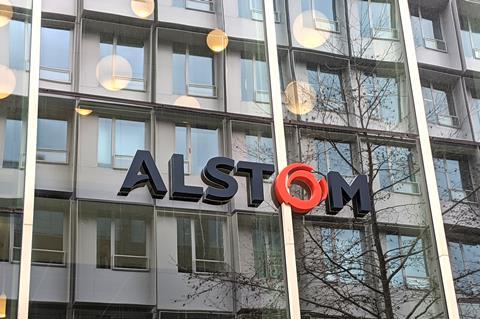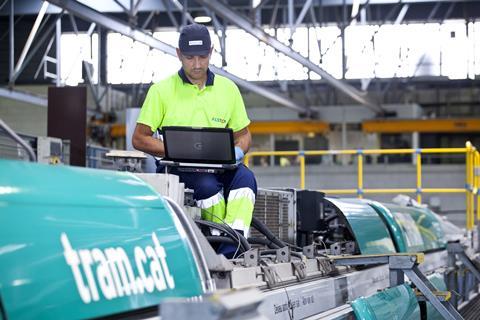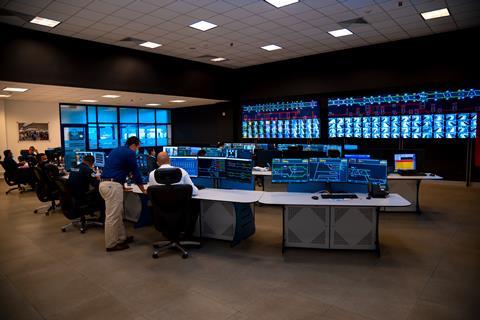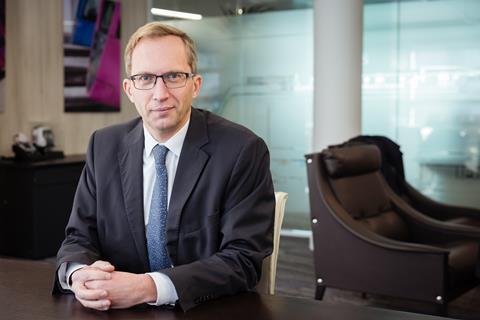
INTERNATIONAL: ‘Today is a unique moment for Alstom and the mobility sector worldwide, with the creation of a new global leader centred on smart and sustainable mobility’, said Alstom Chairman & CEO Henri Poupart-Lafarge when the acquisition of Bombardier Transportation was completed on January 29.
Alstom said the integration of Bombardier Transportation would strengthen its leading position in the transport sector by widening its portfolio and providing critical scale.

The combined group employs 75 000 people in 70 countries, has revenues of around €15·7bn, a €71·1bn backlog, ‘unparalleled’ R&D capabilities, an installed base of 150 000 vehicles and the second largest signalling business by revenue.
It has ‘unparalleled commercial reach’ in all regions, with Alstom’s established customer base in France, Italy, Spain, India, southeast Asia, north Africa and Brazil expanded by Bombardier Transportation’s presence in markets such as the UK, Germany, the Nordic region, China and North America.
This will provide Alstom with ‘very strong’ capabilities in Europe and North America, which it said represent 75% of the accessible market.
Financial details
The reference price was established at €5·5bn, at the bottom of the range of €5·5bn to €5·9bn announced on September 16.
The proceeds were established at €4·4bn, lower than previous estimates owing to unfavourable market conditions as well as disagreements regarding certain adjustments which Bombardier Inc said it intends to challenge.
Bombardier Inc expects net proceeds of approximately US$3·6bn including US$600m of Alstom shares monetisable from late April. It intends to deploy available proceeds towards debt paydown.

‘With this transaction now complete, Bombardier begins an exciting new chapter focused exclusively on designing, building and servicing the world’s best business jets’, said Éric Martel, President & CEO of Bombardier Inc.
Caisse de Dépôt et Placement du Québec is now Alstom’s main shareholder with 17·5% of the share capital, and is committed to a long-term approach. Bouygues holds approximately 6%.
The acquisition was financed through the rights issue of around €2bn completed on December 7, part of the senior bond issuance of €750m completed on January 11, and by reserved capital increases to the benefit of affiliates of CDPQ and Bombardier Inc of €2·6bn and €500m.
Alstom confirmed its objective to generate €400m of cost synergies on annual run rate basis by the fourth to fifth year, and to restore Bombardier Transportation’s margin to a standard level in the medium term. The transaction is expected to be double-digit EPS accretive from year two, and to preserve Alstom’s credit profile with a Baa2 rating.
Alstom plans to finalise sales of certain assets in line with the European Commission’s requirements for the approval of the acquisition.
Environmental and social transition
Alstom said the rail market was supported by fundamental growth drivers, including urbanisation, public investment strategies, and a worldwide push for greener and digitalised transport. Despite the pandemic, recent stimulus announcements confirm that rail is a long-term priority for sustainable development.

‘More than ever, the world has to engage in a deep environmental and social transition to be able to address the great challenges of urbanisation, equal opportunity to economic development and climate change’, said Poupart-Lafarge.
‘Transportation, essential to the working and social life but with great environmental impact, is at the heart of this transition. Our responsibility, together with the 75 000 people of Alstom today, is to transform our unique set of assets created by this transaction into the enabler of this necessary transformation.’

















